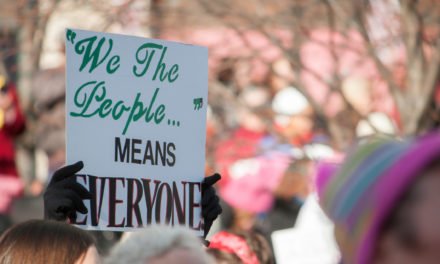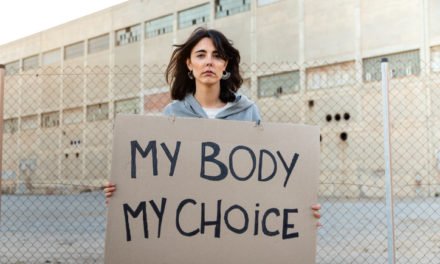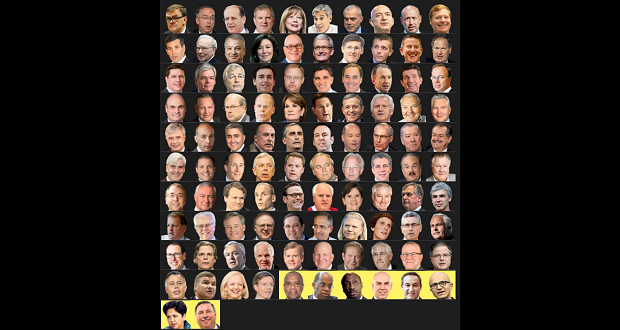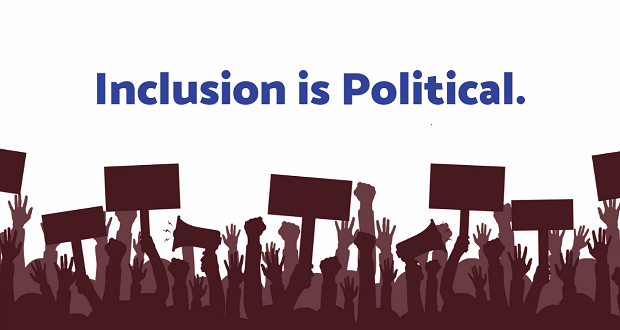
What does it mean to be “political”? In today’s politically polarized world, we often hear warnings or disclaimers like, “I don’t want to get political, but…” or “politics are so divisive.” It seems that we are afraid to talk about politics and afraid to “get too political” for fear of alienating one side or the other. This is especially true for those of us who practice Diversity & Inclusion, a field in which we strive to respect and value all kinds of worldviews. It can be difficult to know if, when, and how we should engage the practice of inclusion given the current political landscape.
If we publicly and politically advocate for certain groups based on their identity, are we alienating people who don’t belong to those groups? If we publicly speak out against certain policies or political figures, are we alienating people who support those policies and politicians?
Perhaps. But maybe that’s not the question we should be asking.
The fact is, inclusion is “political” in the sense that in order to achieve inclusion on a broad, systemic level, we have to elect government representatives who will implement policies that advocate for people who continue to experience exclusion in our society. So, regardless of political party or candidate, when we get down to the very core of what it means to work towards inclusion and to be “political”, it means that we have to be advocates for people.
So, regardless of political party or candidate, when we get down to the very core of what it means to work towards inclusion and to be “political”, it means that we have to be advocates for people. Share on XIn this series, we will talk about how “inclusion is political” on those terms – advocating for people who experience exclusion. We will talk about what this advocacy looks like in different settings and how we can find the best way for each of us as individuals to be advocates for inclusion, no matter who you are, what you do, or where you come from.
We all have a sphere of influence. We talk often of the sphere of influence in our work because being an advocate requires that we find and lean into our power. Where do we have power and influence, and how can we best use it?
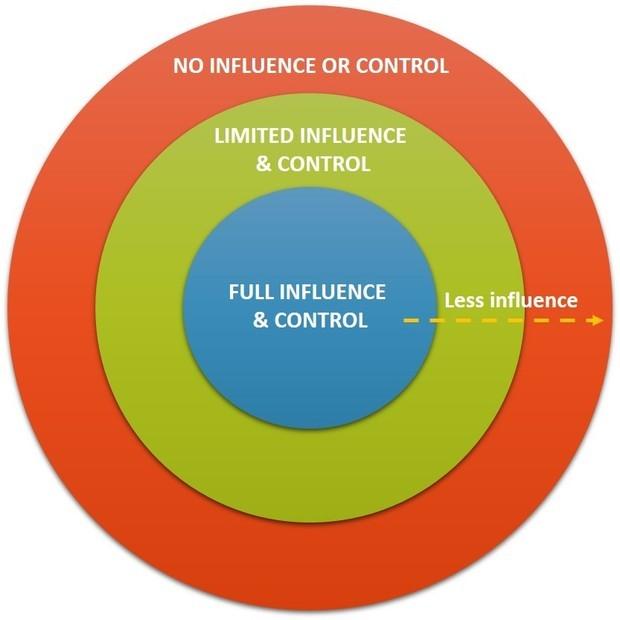
This particular image for a sphere of influence shows a progression – from full control and influence to limited to none. Our sphere of influence can include our positional power, the power we have through our various relationships and mentorships, and the power we have as part of a collective. It can be a formal position of power or it can be informal. Where is your power? Where do you have influence and control?
We encourage you to map out your power as a tool to better understand where you can create change and best advocate for people. We should be spending most of our energy and time in the places and communities in which we have full influence or control. Perhaps that’s your team, your family, your friends, your neighborhood, your church, your book club, etc. Any space where you have meaningful relationships and in which you form and share worldviews is a place in which you have some control and influence. These are the spaces where we can get “political”, move past fear, and become advocates.
Throughout this series, we will take a closer look at some of those spaces and discuss what it means to engage our practice of inclusion with politics. We will talk about social media, family, the workplace, the marketplace, and the polls. As the midterm elections approach, let’s consider our politics in a way that forces us to reflect on who we are, the spaces we occupy, and who we are willing to fight for.
Let’s get political.
As the midterm elections approach, let’s consider our politics in a way that forces us to reflect on who we are, the spaces we occupy, and who we are willing to fight for. Let’s get political. Share on X

